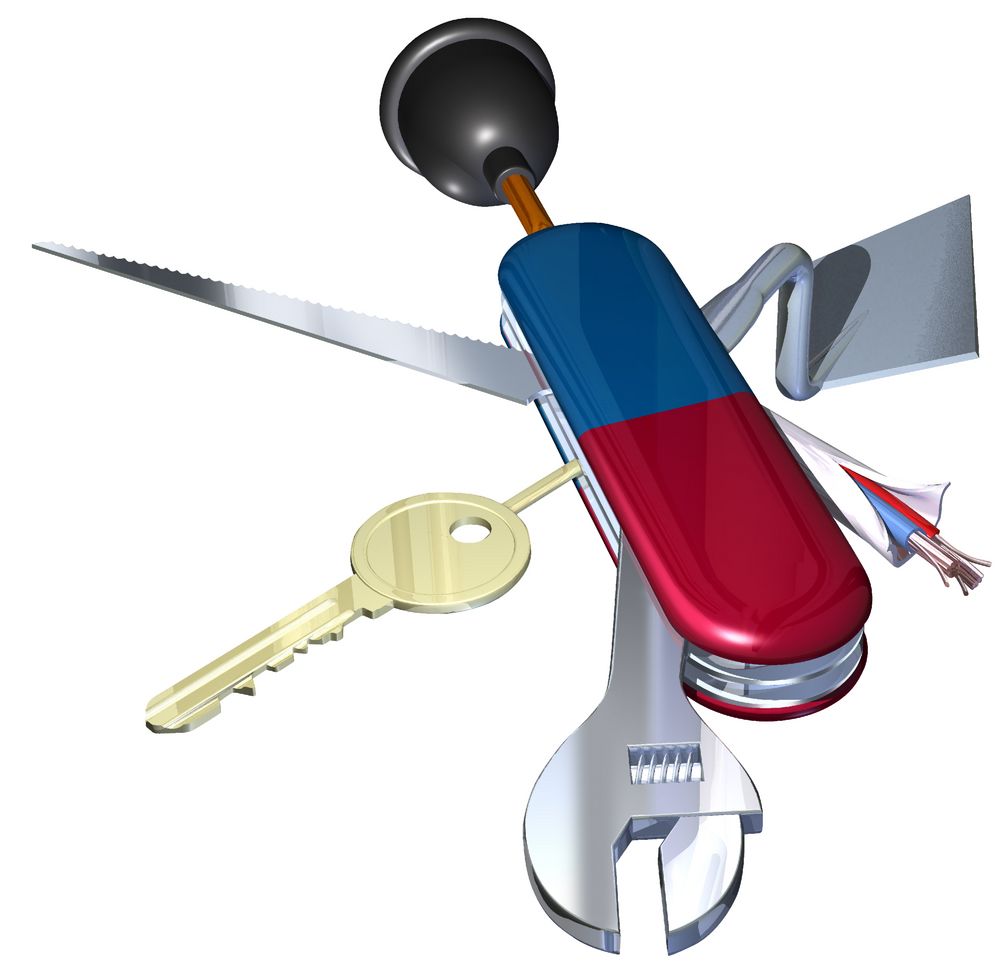If you have worked in call centers for some time, you have seen Workforce Optimization morph quite drastically over the past decade or so. What began as a couple of systems now composes more than eight distinct functions ranging from workforce management to QM to eLearning. In the rush to build these capabilities, well over three dozen vendors have popped up, some solving a single need while others attempt to offer a suite. So which is the best?
In the single point solutions, you often gain a deep level of functionality as a result of the narrowed focus the vendor has on their product area. You also gain the flexibility of implementing the solution that most closely fits your needs. At the same time, you may introduce problems when it comes to integrating with other components in your WFO suite. You also may end up paying for features you don’t need and paying more in general as you are unable to take advantage of package discounts that most combination vendors offer.
In the suite solutions, you get a suite of functionality that is fully integrated. These systems are often easier to maintain and support since they offer things such as single sign-on and shared management and administration. These solutions are also positioned to offer seamless workflow, which has become a hot subject for call centers looking to streamline and differentiate their operations. Inversely, you must trust the vendor you select, as you are integrating them into a larger portion of your operations. You may also have access to a more limited feature set as components of the suite compete with engineering resources.




